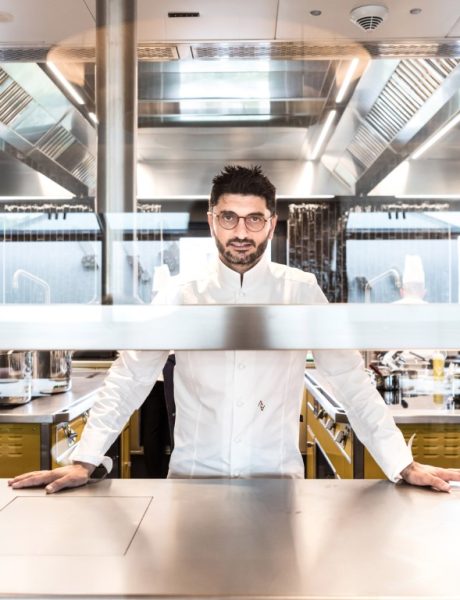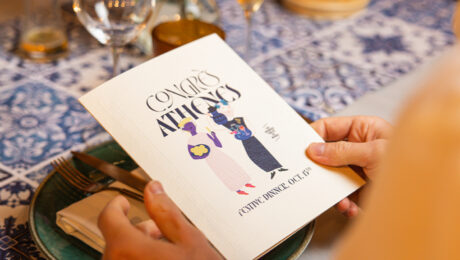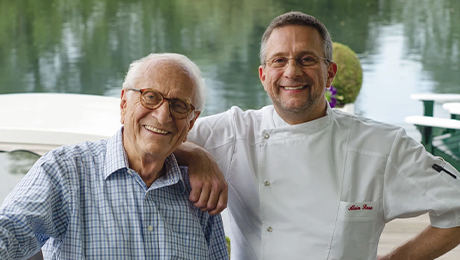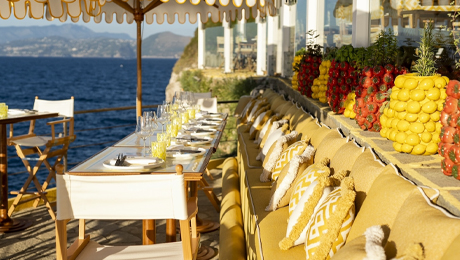LES GRANDES TABLES DU MONDE IN ATHENS: GASTRONOMY IN MOTION
Athens, a city of light, memory, and rebirth, set the stage for this year’s Les Grandes Tables du Monde Congress, held from October 12 to 15, 2025.

Some dinners don’t just happen; they unfold like a memory you didn’t know you had.

There are houses one enters as if on a pilgrimage. At Dal Pescatore, you don’t simply cross a threshold; you step into a living memory, that of a family who, for three generations, has written one of the most beautiful chapters in Italian cuisine.

It is with deep sadness that we learned of the passing of Jonnie Boer.

Athens, a city of light, memory, and rebirth, set the stage for this year’s Les Grandes Tables du Monde Congress, held from October 12 to 15, 2025.

A true pioneer of contemporary Italian cuisine, Aimo dedicated his life to celebrating the beauty and honesty of the product in a constant dialogue between tradition, territory, and modernity.

At the head of the wine program at La Réserve and Le Gabriel***, Gaëtan Lacoste embodies a new generation of sommeliers — demanding, visionary, and open to the world.

In Bray-on-Thames, the Waterside Inn is celebrating a historic milestone: forty uninterrupted years with three Michelin stars. Heir to a lineage that has shaped global gastronomy, Alain Roux today embodies both the continuity and the future of this unique house. Between team spirit, the French art of living, and a drive for innovation, he reflects […]

On May 11 and 12, Les Grandes Tables du Monde gathered in Munich for two exceptional days, blending conviviality, inspiring exchanges, and outstanding gastronomy.

Nichée dans le cadre idyllique d’Anacapri, la prestigieuse adresse du Jumeirah Capri Palace ne se limite pas à un simple refuge de luxe. Elle s’impose comme une destination gastronomique à part entière, réinventant la haute cuisine à travers une approche novatrice : le "eat entertainment". Ici, l’expérience culinaire s’élève au rang d’art de vivre, fusionnant saveurs, techniques et narration pour offrir des instants inoubliables. Au cœur de cette vision, Andrea Migliaccio, chef exécutif, orchestre avec brio les quatre restaurants emblématiques du palace.